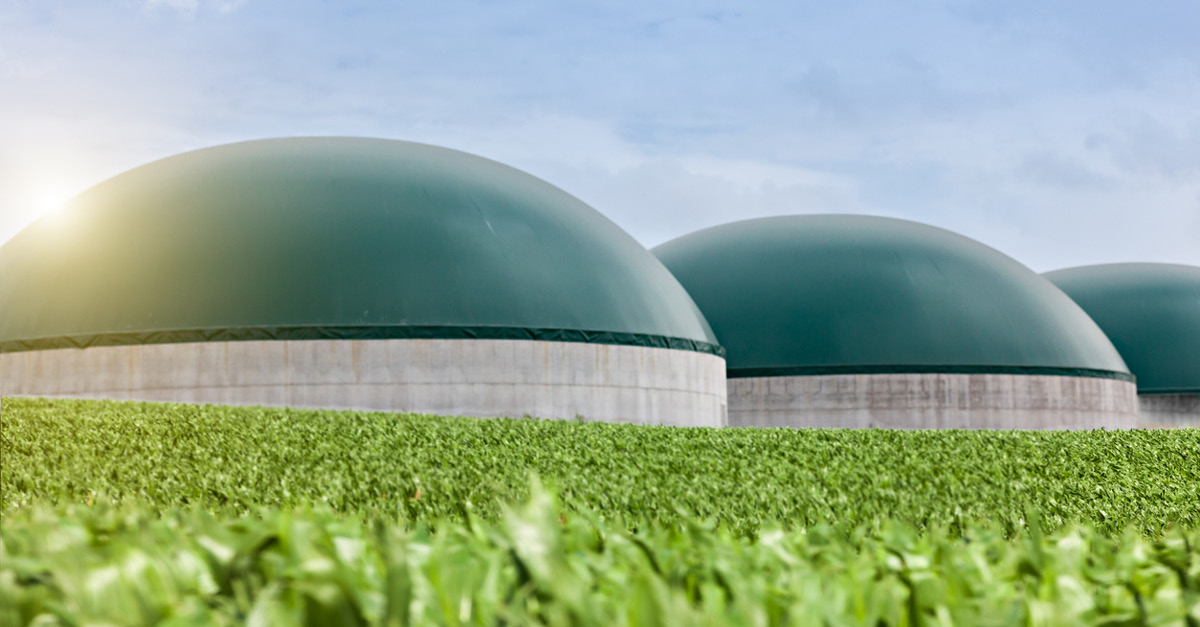Support for a waterway restoration project targeting environmental and social impacts

Extending 122 square kilometres across eastern and south eastern areas of Brisbane is the Bulimba Creek Catchment area, comprising native bushland remnants, freshwater swamplands and significant riparian wetlands. The area is mapped as a koala habitat and is recognised by the City of Brisbane as an important environmental corridor. However, parts of the area are highly inaccessible and degraded, and ripe for restoration and rehabilitation.
Enter Port of Brisbane, a company in IFM Investors’ Australian Infrastructure portfolio with a longstanding and ongoing strategic focus on the environmental stewardship of local waterways in partnership with community groups. The Port is partnering with local social enterprise and landcare group Bulimba Creek Catchment Coordinating Committee Inc. (B4C) to restore part of the degraded waterway. With the help of funding from IFM’s 2021 community grants program, the project will focus on the restoration of a section of the degraded waterway corridor that runs through Brisbane Bayside State College (BBSC). The overarching goal of the project is to re-establish a riparian ecosystem and functional native wildlife corridor that can also serve as an outdoor education space for students and the Bayside community on BBSC land.
Revegetation aims to support native wildlife to thrive
Restoration and rehabilitation of the area is expected to substantially improve water quality, biodiversity and secure habitats for wildlife. Project plans include the restoration of a 6,400 square metre area through revegetation with native plants and grasses. Weed control and management will be an important project enabler, improving accessibility to the site and creating more space for revegetation. This work has already begun. These activities will, in turn, help to create greater connectivity with neighbouring corridors, which will support stronger reproduction and survival rates of native wildlife species, including koalas, swamp wallabies, gliders and various bird species.
A space for authentic learning experiences
A key element of the project is to create an outdoor education space for BBSC students - a population of about 950. The space will also be made available to students from other schools and various organisations in the Bayside community, such as educational training providers offering Certificate III Horticulture and Certificate III in Conservation and Land Management.
The space aims to support engagement in learning activities relating to environmental and land care projects, as well as various subject areas, including biology, aquatic practices, STEM, agriculture, technology and geography. It is expected to provide opportunities for a hands-on practical experience, beyond classroom learning, to help support the diverse range of students with different learning needs - and hopefully inspire them to pursue a range of education and employment pathways.
Work experience to build valuable skills in conservation and land management
The human power driving the project’s execution will include up to 20 people participating in labour market programs that B4C supports or hosts. These programs are state government initiatives designed to provide flexible and appropriate support to unemployed people while they are seeking employment. B4C seeks to provide targeted work experience opportunities in the areas of conservation and land management, helping participants gain valuable skills and experience.
Volunteers from the Port of Brisbane, BBSC student population, local community groups and B4C’s corporate partners will also be recruited to work on the project.
What will “success” look like?
Project success will see a rehabilitated wildlife corridor and functioning ecological system with improved biodiversity and water quality, as well as restored habitats that support native wildlife to thrive. In this setting, an outdoor learning space will provide students and other community members and groups with a special opportunity for hands-on learning and research outside of the classroom. The hope is that this will help to support engagement with an important local ecosystem and awareness of the value of restoring and protecting the area.
We believe the sustainability of communities where we invest is essential for us to deliver on our purpose, which is to protect and grow the long-term retirement savings of working people around the world. We look forward to witnessing the positive ecological outcomes that this project is seeking to create, as well as the enduring legacy it will provide to the local community over time.
Related articles

Economic Update June 2025

IFM’s Australian operation secures Family Inclusive Workplace certification





